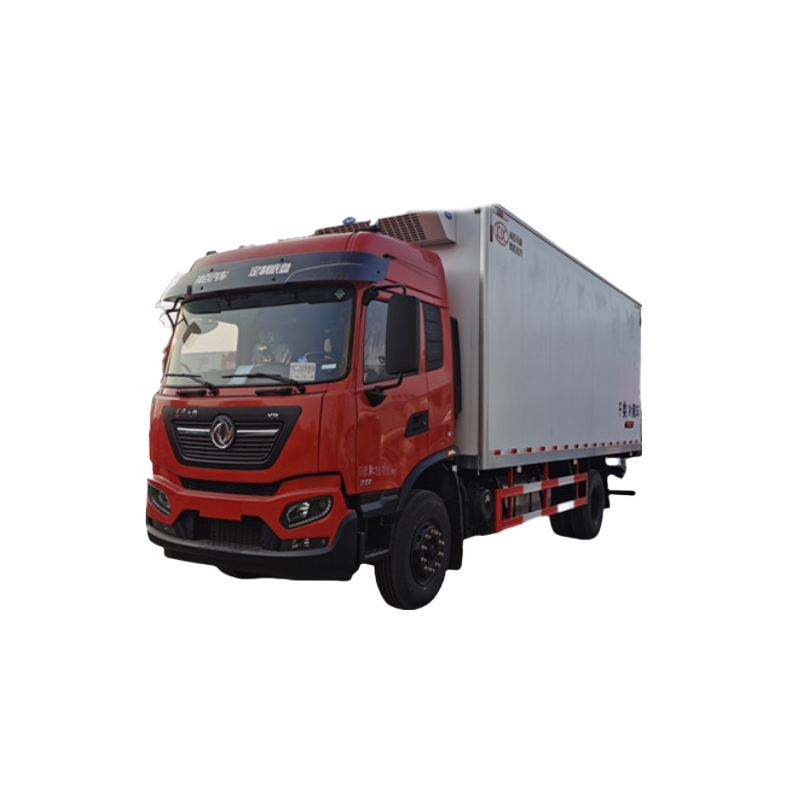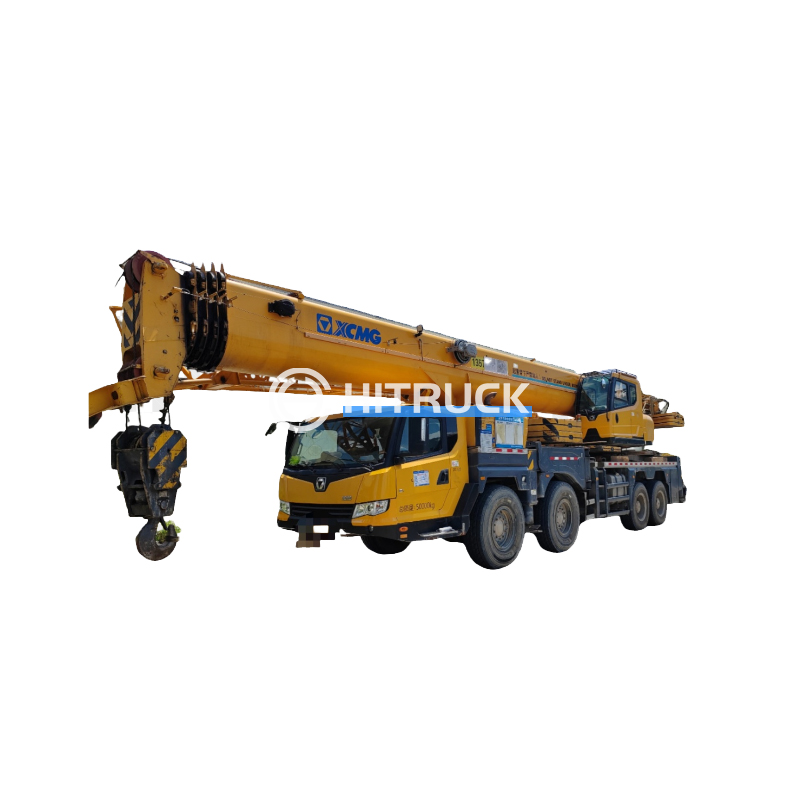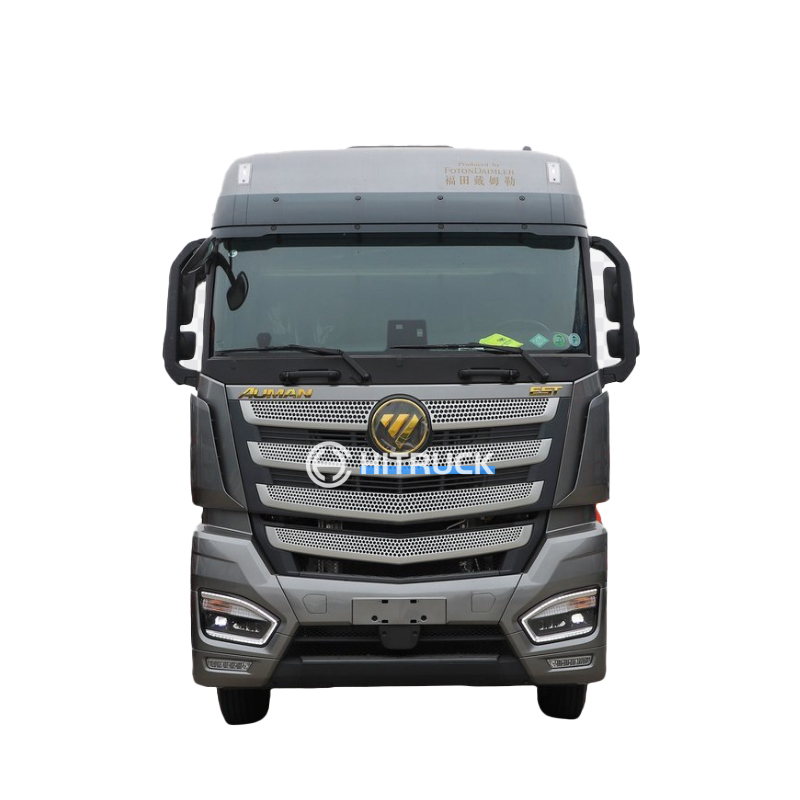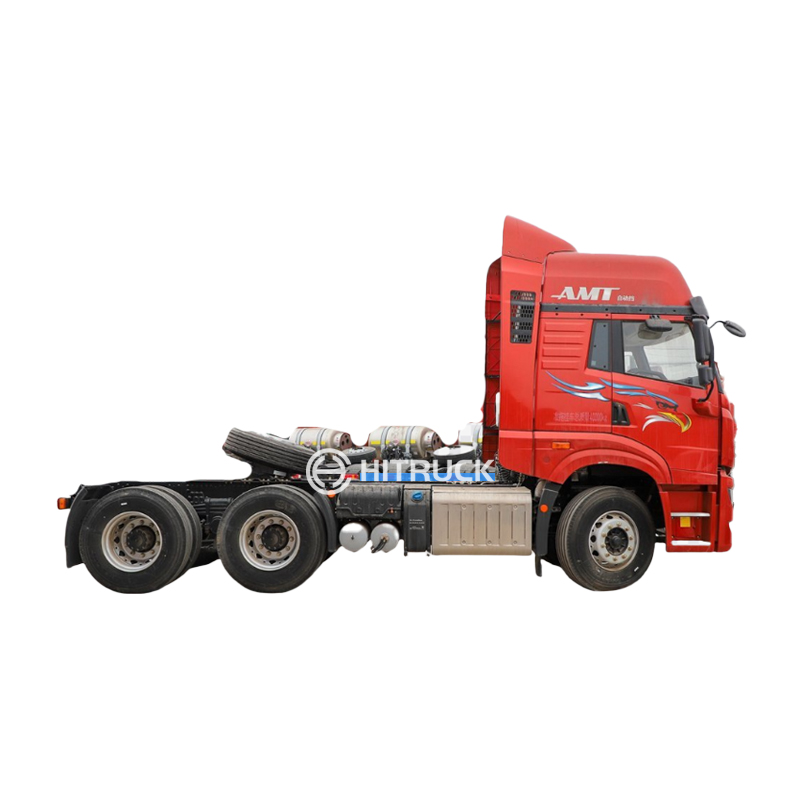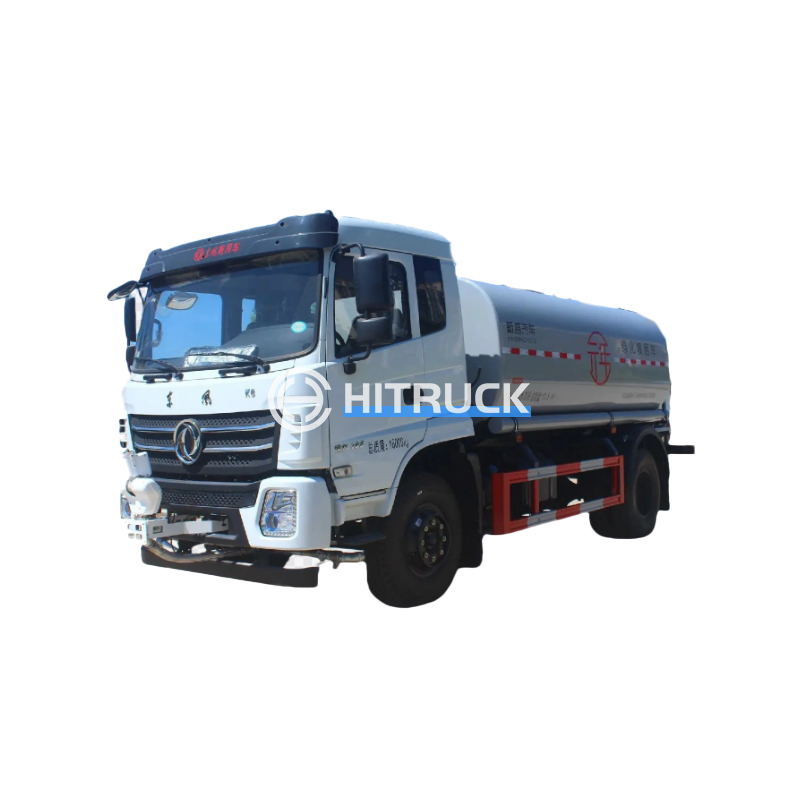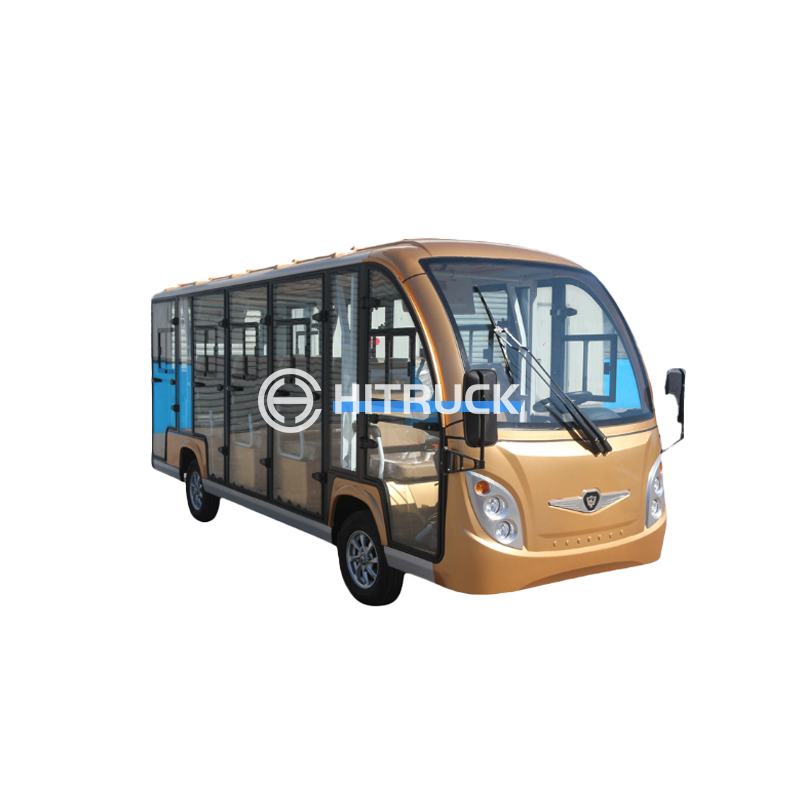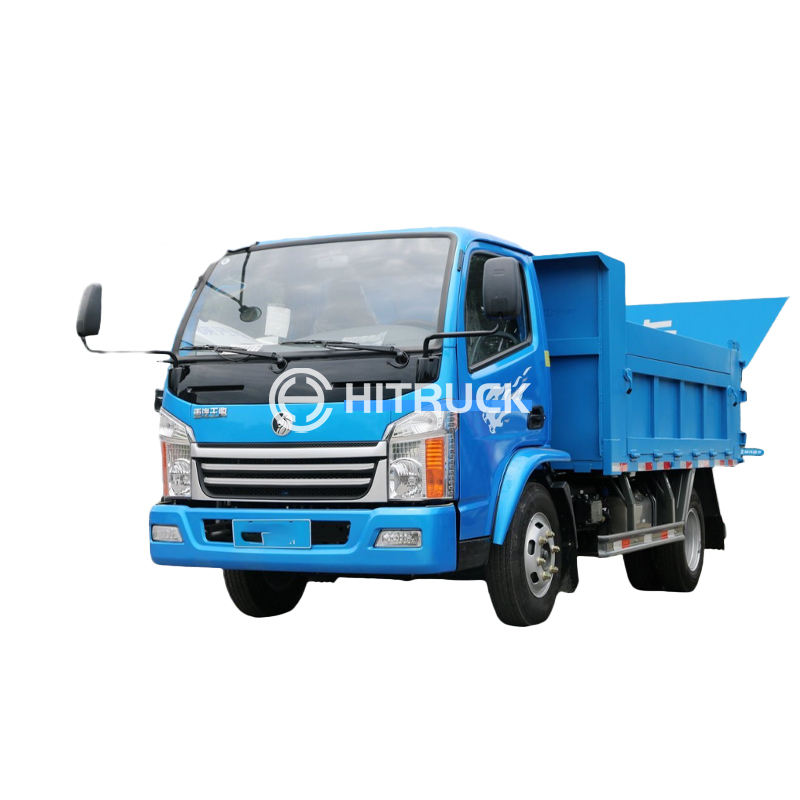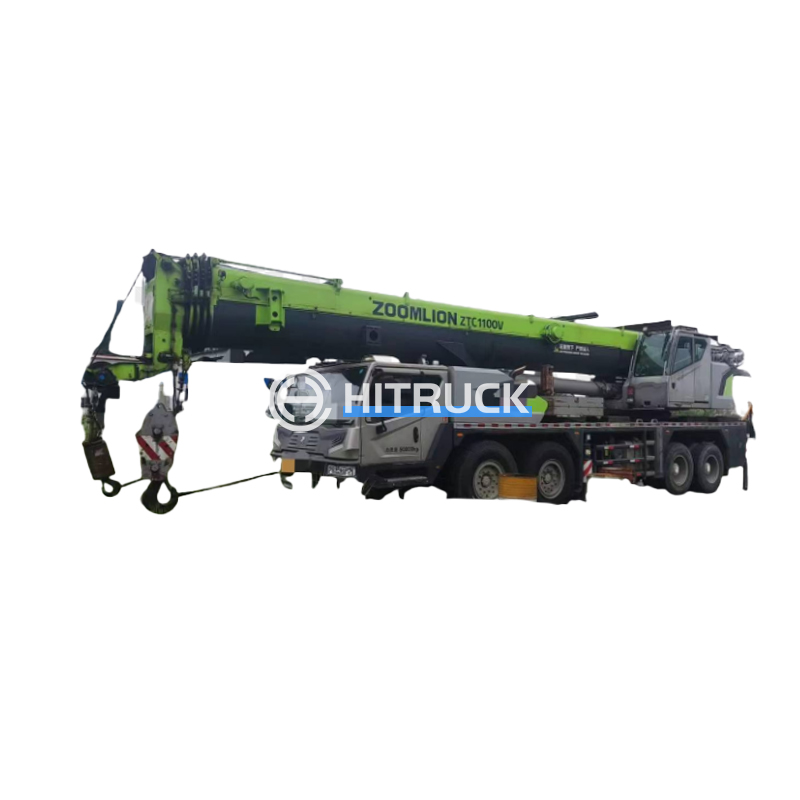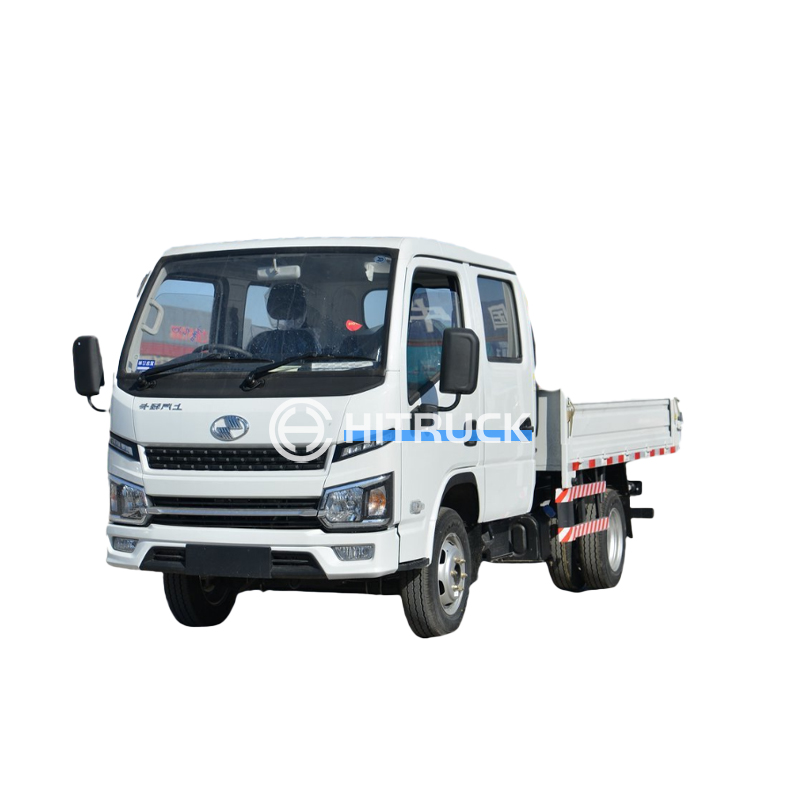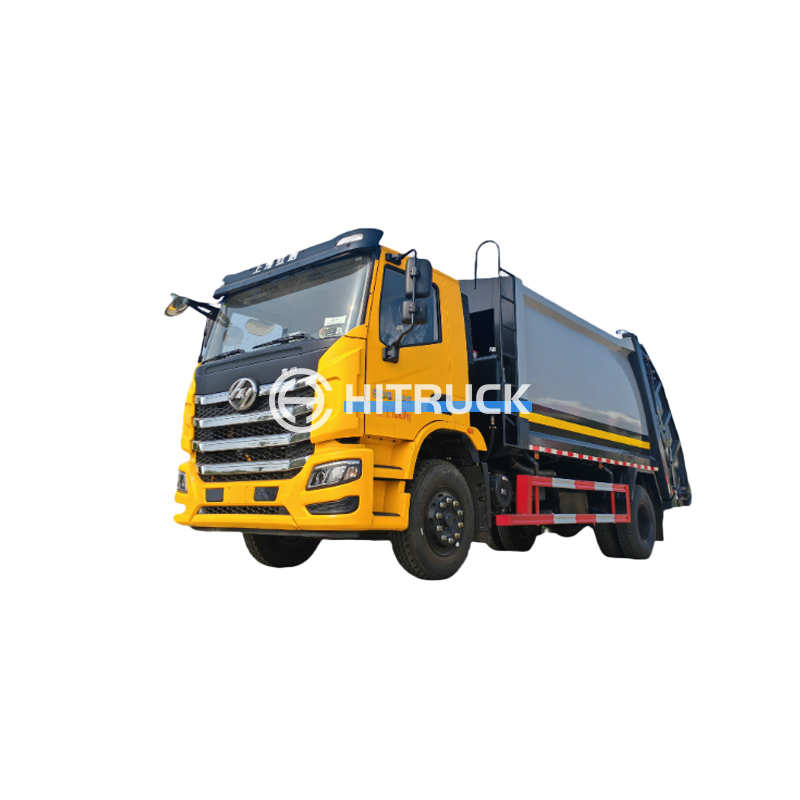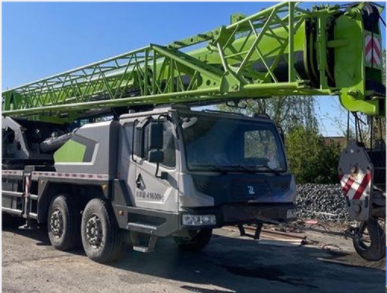This guide provides a comprehensive overview of small cranes, helping you select the ideal model for your specific requirements. We'll explore various types, key features, safety considerations, and factors influencing your purchasing decision. Whether you need a small crane for construction, industrial use, or even a specialized application, this guide will equip you with the knowledge to make an informed choice.
Miniature small cranes are compact and lightweight, ideal for confined spaces. They often have a lower lifting capacity than larger models but excel in maneuverability. Examples include electric chain hoists mounted on mobile bases, or small articulated boom cranes suitable for delicate tasks. Consider factors like load capacity, reach, and power source (electric or pneumatic) when choosing a miniature crane. Remember to check for safety certifications before purchase.
Compact crawler cranes offer superior stability due to their tracked undercarriage. This makes them suitable for uneven terrain and outdoor projects. While still relatively small compared to their larger counterparts, they can lift heavier loads than miniature cranes. When selecting a compact crawler crane, evaluate its lifting capacity, boom length, and ground pressure to ensure it's appropriate for the job site. Many reputable manufacturers offer models suitable for diverse applications, including construction and landscaping.
Telescopic boom small cranes provide versatility with their extendable booms, allowing for greater reach and flexibility. They are often self-propelled and offer features like outrigger stabilizers for enhanced stability. These cranes are commonly used in various industries, including construction, maintenance, and material handling. When considering a telescopic boom crane, consider factors such as boom length, lifting capacity, and the type of controls (radio remote or manual).
Selecting the appropriate small crane involves careful consideration of several crucial factors:
Determine the maximum weight your crane needs to lift. Always choose a crane with a capacity exceeding your anticipated load to ensure safety and prevent overloading. Remember to account for any additional weight from slings or attachments.
The reach of the crane's boom is vital for accessing various working areas. Ensure the boom length is sufficient to cover the necessary distance and height.
Small cranes can be powered by electricity, hydraulics, or internal combustion engines. Consider the availability of power sources on your job site and the environmental impact of each option. Electric cranes are often preferred for indoor applications due to reduced emissions.
Prioritize safety features like load limiters, emergency stops, and outrigger stabilizers to minimize risks. Regular maintenance and operator training are also paramount. Always refer to the manufacturer's safety guidelines.
While specific models vary greatly depending on the manufacturer and specifications, here’s a generalized comparison table to highlight common features:
| Feature | Miniature Crane | Compact Crawler Crane | Telescopic Boom Crane |
|---|---|---|---|
| Lifting Capacity | Low | Medium | Medium to High |
| Mobility | High | Medium (Tracks) | High (Self-Propelled) |
| Terrain Suitability | Level surfaces | Uneven terrain | Relatively level surfaces |
Numerous suppliers offer small cranes, both new and used. Online marketplaces, equipment rental companies, and specialized crane dealers are good starting points. Always thoroughly inspect any used equipment before purchase and verify its maintenance history.
For a wide selection of heavy equipment, including potentially relevant options, consider exploring Suizhou Haicang Automobile sales Co., LTD. They might offer models that fit your needs.
Remember to always prioritize safety when operating any crane. Proper training and adherence to safety regulations are crucial for preventing accidents.

